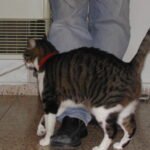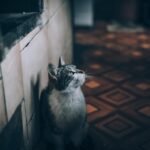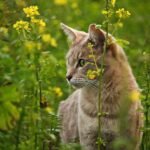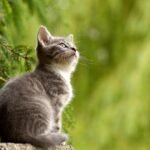You’ve probably caught your cat prowling around the house at 3 AM, stalking invisible prey through your hallway. Maybe you’ve noticed them napping all day, only to become Olympic sprinters the moment your head hits the pillow. It’s easy to assume that cats are natural night owls, but the truth is far more fascinating than this common belief.
Cats aren’t actually nocturnal animals at all. They’re crepuscular, meaning they’re most active at dawn and dusk. This behavior pattern has deep roots in their evolutionary history, connecting your house cat to their wild ancestors in ways that might surprise you. Let’s dive into the captivating world of feline sleep patterns and discover what drives your cat’s mysterious midnight activities.
The Dawn and Dusk Reality
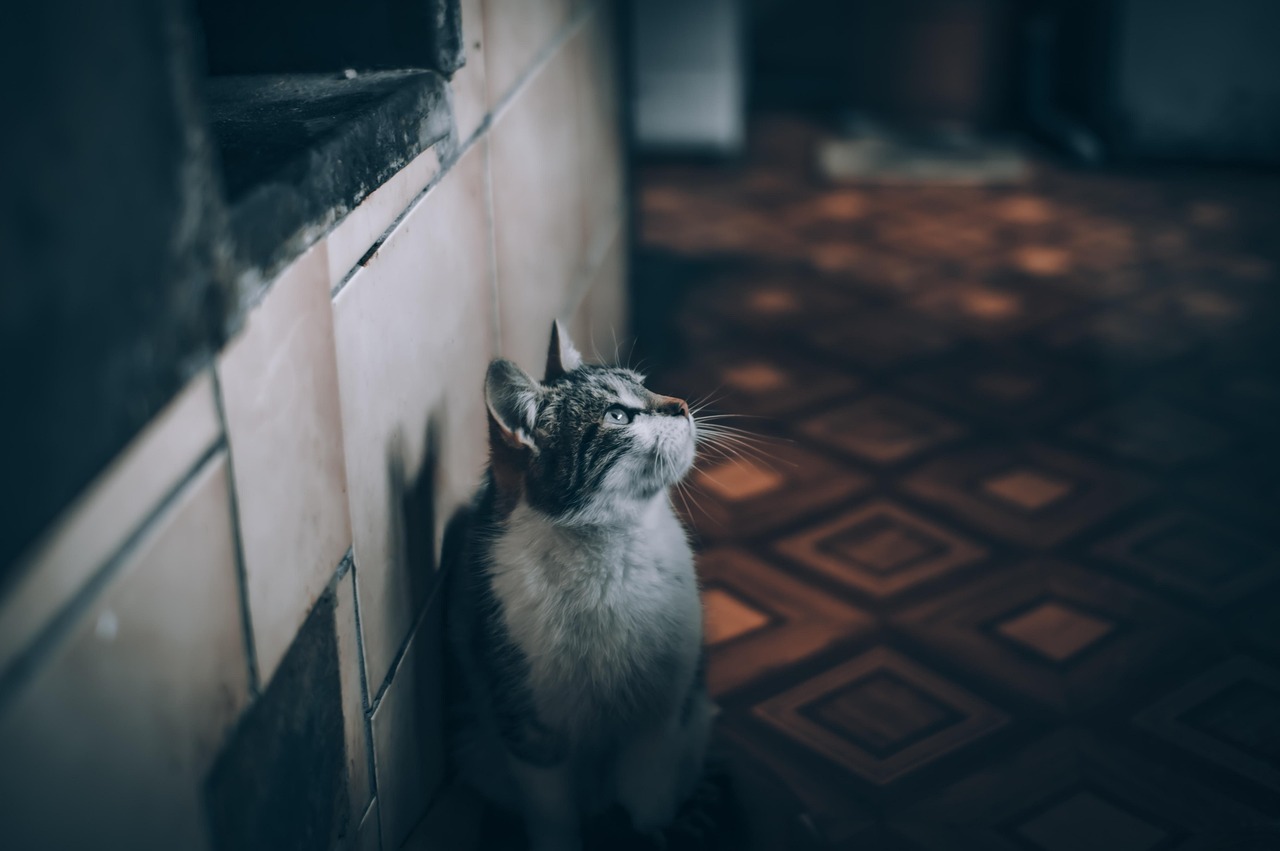
Cats are crepuscular, which means they’re most active at dawn and dusk, the best times for hunting in the wild. Although today’s cats are domesticated, that instinct remains strong. This twilight activity pattern isn’t random behavior. Cats are most active at dawn and dusk because these are periods when their prey are also active, and cats’ eyes are adapted to work really well in low light conditions, allowing them to hunt effectively.
Cats have evolved to hunt at dusk and dawn because birds and mice are very active at these times, and cats developed the ability to see in low-light conditions to take advantage of this. The timing makes perfect evolutionary sense. Dawn and dusk are cooler periods of the day, and the half-light helps animals avoid predators while still being able to see food.
Your indoor cat might not need to hunt for survival, but these ancient rhythms still pulse through their DNA. Despite there being no need to hunt for food, hunting behavior at twilight hours is still engrained in domesticated cats. That burst of energy you see around dinner time? It’s their inner wildcat preparing for the evening hunt.
Why Your Cat Sleeps So Much

Cats sleep between 12 and 16 hours a day, taking short cat naps between periods of activities in what’s known as a polyphasic sleep schedule. However, cats can also adapt to human sleep cycles. This extensive sleep pattern serves a crucial purpose beyond simple rest.
Catching a meal is hard work, requiring small bursts of energy for the hunt, followed by a rewarding meal and well-deserved cat nap that replenishes energy for the next hunt. This is called the predatory cycle. Cats sleep like this because they’re both predator and prey, with polyphasic sleep allowing them to stay alert enough to swiftly escape predators when needed.
Cats sleep for 12 to 16 hours a day on average, with their high sleep requirements coming from their evolutionary history as hunters, where conserving energy was essential for survival. Those long afternoon naps aren’t laziness, they’re strategic energy conservation for when your cat might need to spring into action.
The Science Behind Their Perfect Vision
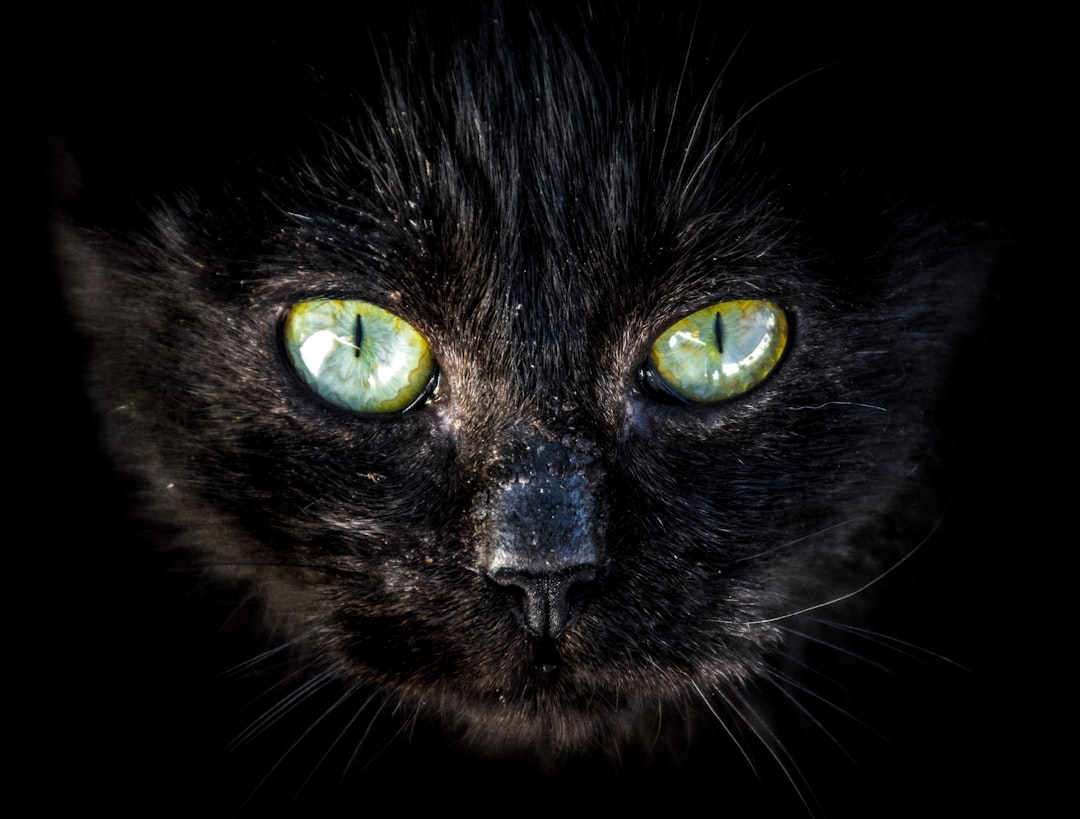
Cats have excellent night vision and are highly sensitive to movement, giving them an advantage during dawn and dusk when light levels are low but not completely dark. Their eyes are specially adapted to function in low-light conditions, allowing them to spot and track prey effectively.
Cats have special adaptations including low-light eyesight. That eyeshine you see in the dark happens because cats’ eyes have specially evolved to absorb as much light as possible in low-light settings. Cats developed a lining at the back of the eye called the tapetum lucidum which increases the amount of light entering the cat’s eye by reflecting it around, functioning like original night vision goggles.
This remarkable adaptation gives cats roughly six times better night vision than humans. However, they can’t see in complete darkness either. Their vision works best in that magical twilight zone between day and night, perfectly aligned with their crepuscular nature.
When Night Activity Becomes a Problem
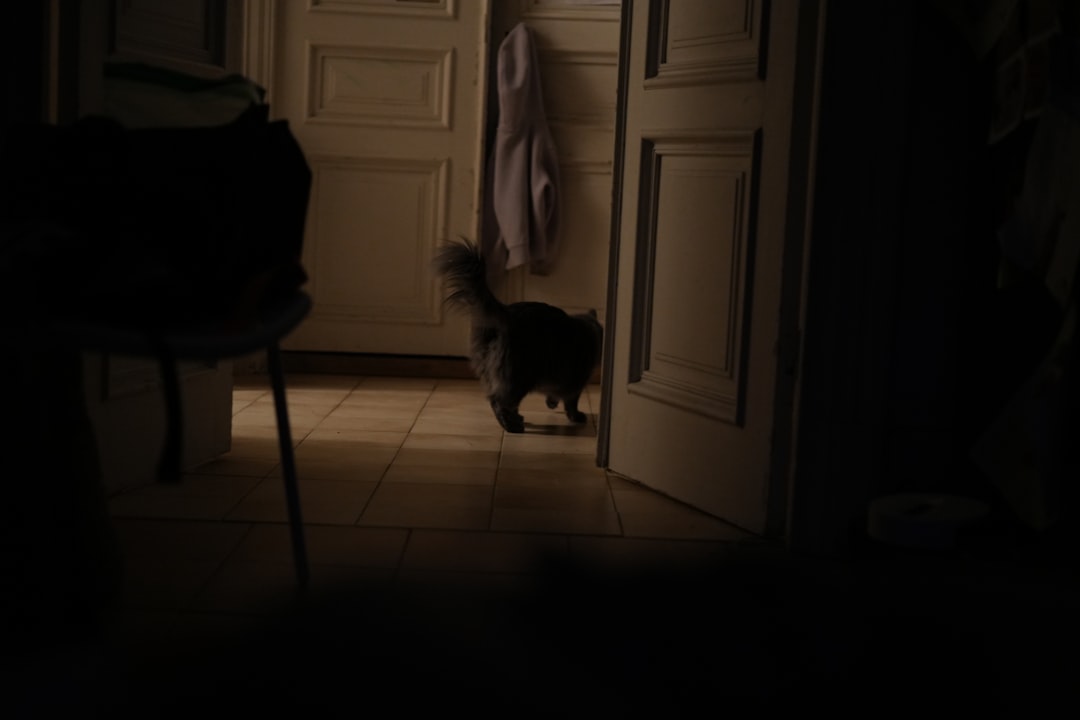
Nighttime activity is usually caused by your cat’s natural instinct to hunt and travel at these times, but other factors can add to excessive nocturnal behavior, including being home alone. During the day while you’re away, your cat may spend most of the day sleeping or relaxing, and all that rest can lead to an active cat at night.
Boredom is another factor. If your cat is alone for most of the day, they might be looking for more interaction and attention. Cats are social animals and may have extra energy or be waking you up for attention. Hunger also plays a role, as cats often wake in the night to feed, which fits with their natural instinct to hunt in the twilight hours.
Sometimes excessive night activity signals health issues. Excessive nighttime activity might stem from health conditions such as hyperthyroidism, cognitive dysfunction syndrome in older cats, or pain and discomfort. If your previously calm cat suddenly becomes hyperactive at night, it’s worth checking with your veterinarian.
Training Your Cat for Better Sleep
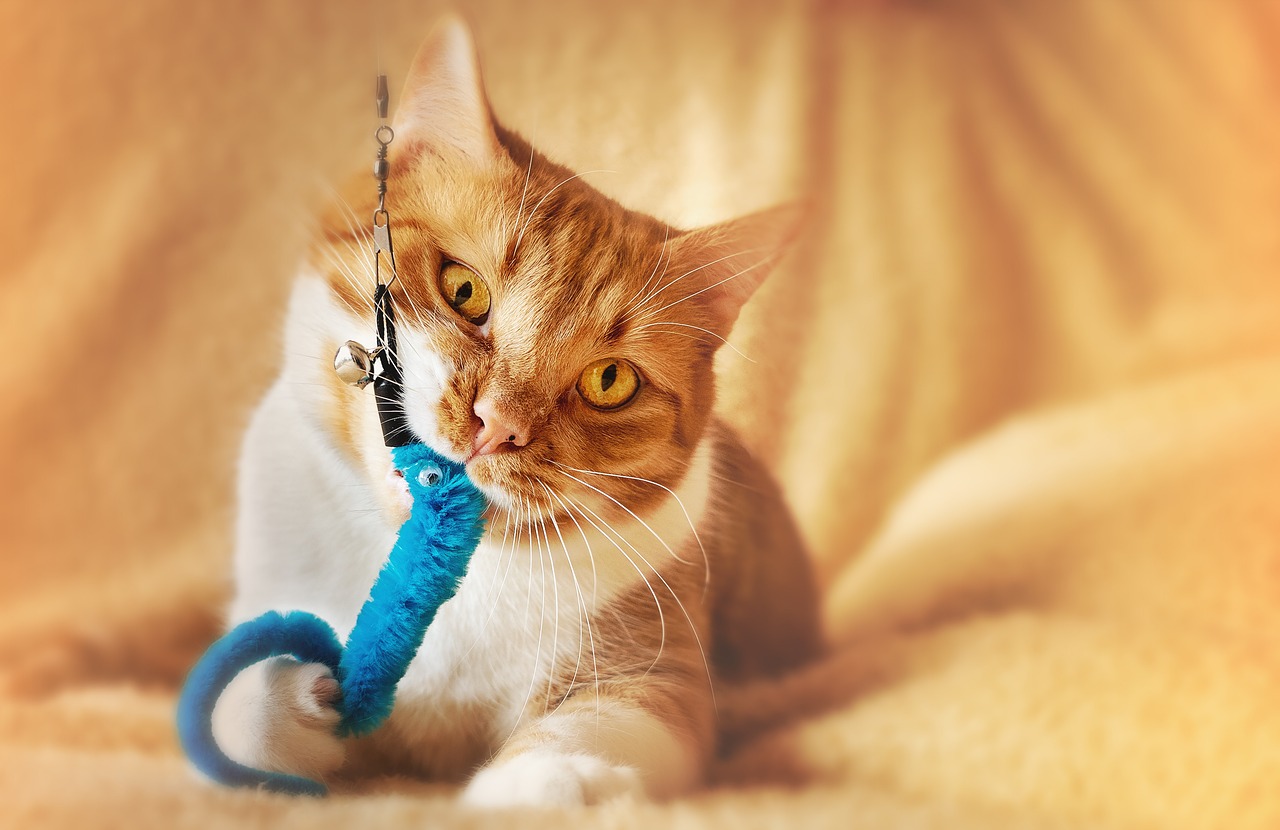
Instead of experiencing only a portion of the natural predatory cycle, strive to give your cat the full cycle of predation by replacing the hunt with vigorous play. If this is only possible for one meal, make it about an hour before bedtime, using cat wands or tossing cat ball toys to tire them out.
Try to align your cat’s routine with yours by scheduling an evening play session before bed and feeding them their largest meal right after that session. For example, if you go to bed at midnight, play with your cat around 11:30pm, then feed them before lights out. Cats often fall asleep after eating, so changing the amount of food and feeding your cat more often during the day can keep your cat active while you’re away.
The key is consistency and patience. You have to totally ignore disruptive behavior and never give in, because if you give in even once, you reset your cat’s expectations and they will work even longer to get that reward. Your cat’s midnight concerts might actually get worse before they improve, but persistence pays off.
Understanding Individual Differences

While most cats follow standard crepuscular behavior, some kitties do appear to be all-day snoozers and active from dusk to dawn. Some cats do seem to be more active in the middle of the night, and naturally, every cat is different. Indoor domestic cats tend to adjust their sleeping patterns to their pet parent’s schedule, so your cat may end up sleeping through the night just like you do.
There’s always some individual variation in sleep patterns, but cats typically follow the crepuscular cycle. Older cats tend to sleep more and may not be as active during those transitional times, but younger cats, especially kittens, can literally seem to be up all night. Age makes a significant difference in activity levels and sleep patterns.
Pet cats are considered intrinsically crepuscular, but exceptions can exist on an individual level. A pet cat may adjust their schedule too. For instance, if they figure out that you feed them during the afternoon, they will definitely perk up in anticipation of their afternoon meal. Your cat’s personality and your household routine both influence their activity patterns.
So The answer is more nuanced than a simple yes or no. Your feline friend is actually programmed to be most active during the magical twilight hours, carrying forward millions of years of evolutionary wisdom. Understanding this crepuscular nature helps explain those mysterious 5 AM wake-up calls and evening zoomies around your living room. With the right approach to play, feeding, and routine, you can work with your cat’s natural rhythms rather than against them, creating harmony for both of you. What patterns have you noticed in your own cat’s daily routine?

